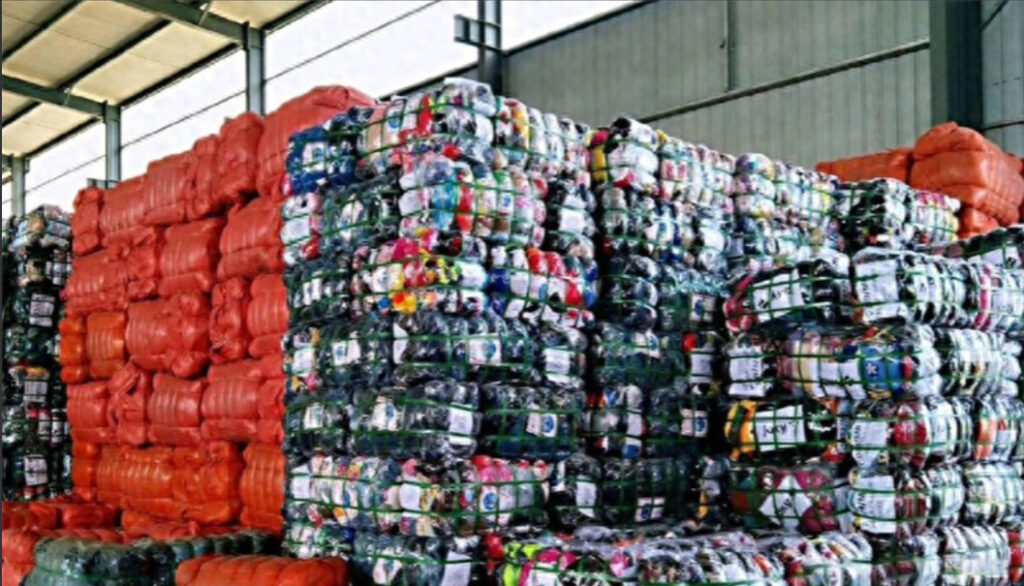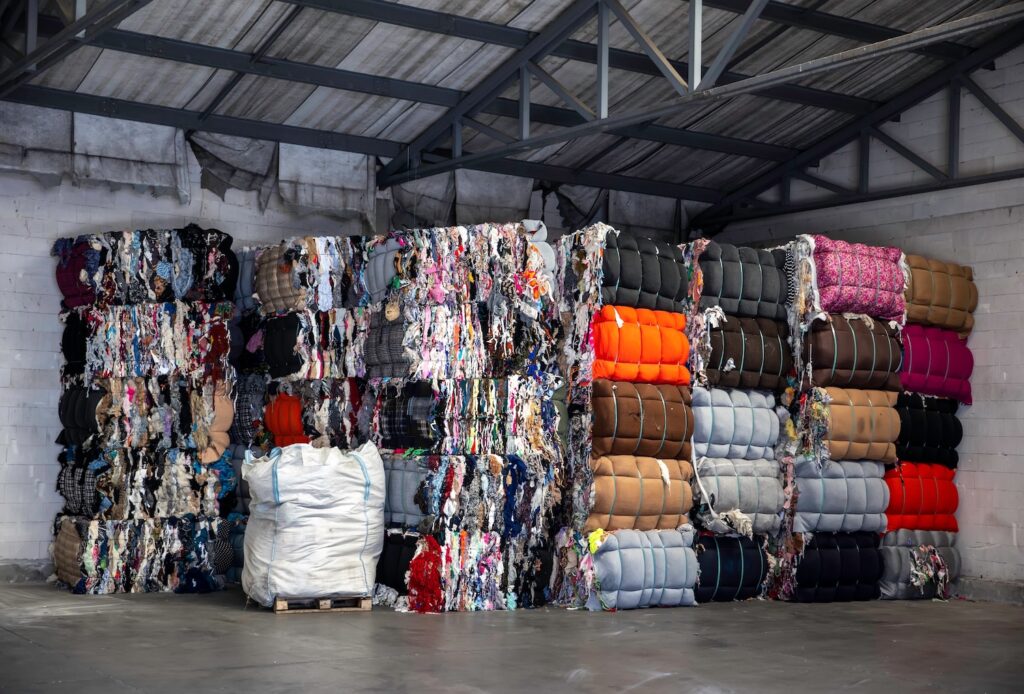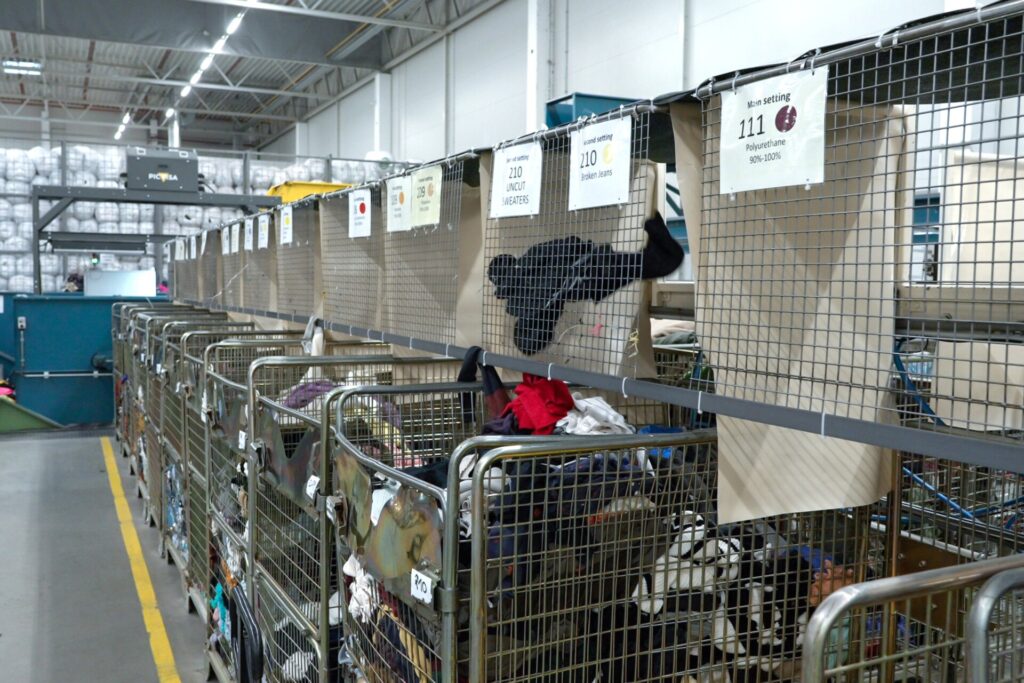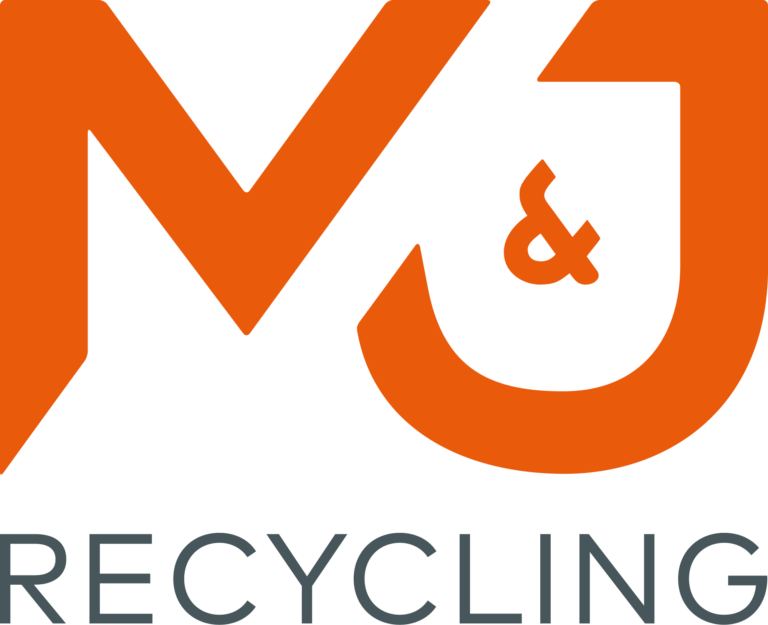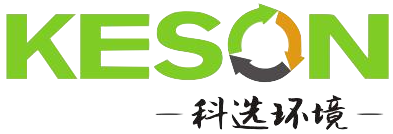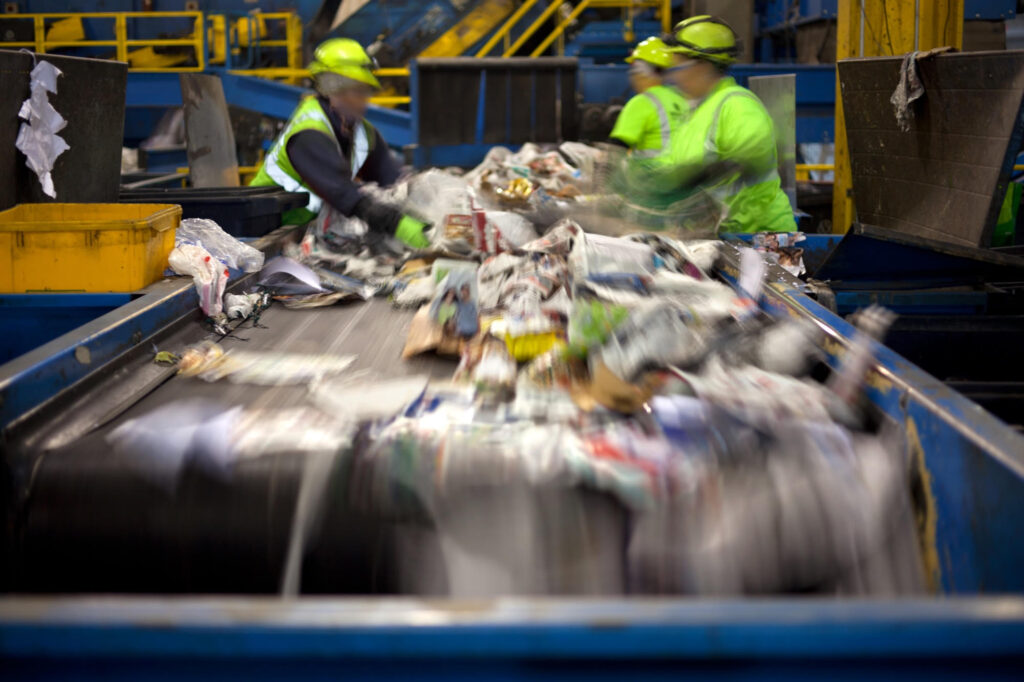Textile recycling is the process of recovering used clothing and other textiles and turning them into new products. This process helps to conserve natural resources and reduce waste, as well as supporting the production of new items in a more sustainable and environmentally friendly way. The process of textile recycling typically involves sorting, grading, and cleaning the textiles, followed by breaking them down into fibers that can be used to produce new products such as insulation, carpet padding, and even new clothing. Textile recycling also helps to reduce greenhouse gas emissions associated with the production of new textiles, as well as reducing the amount of waste that ends up in landfills.



